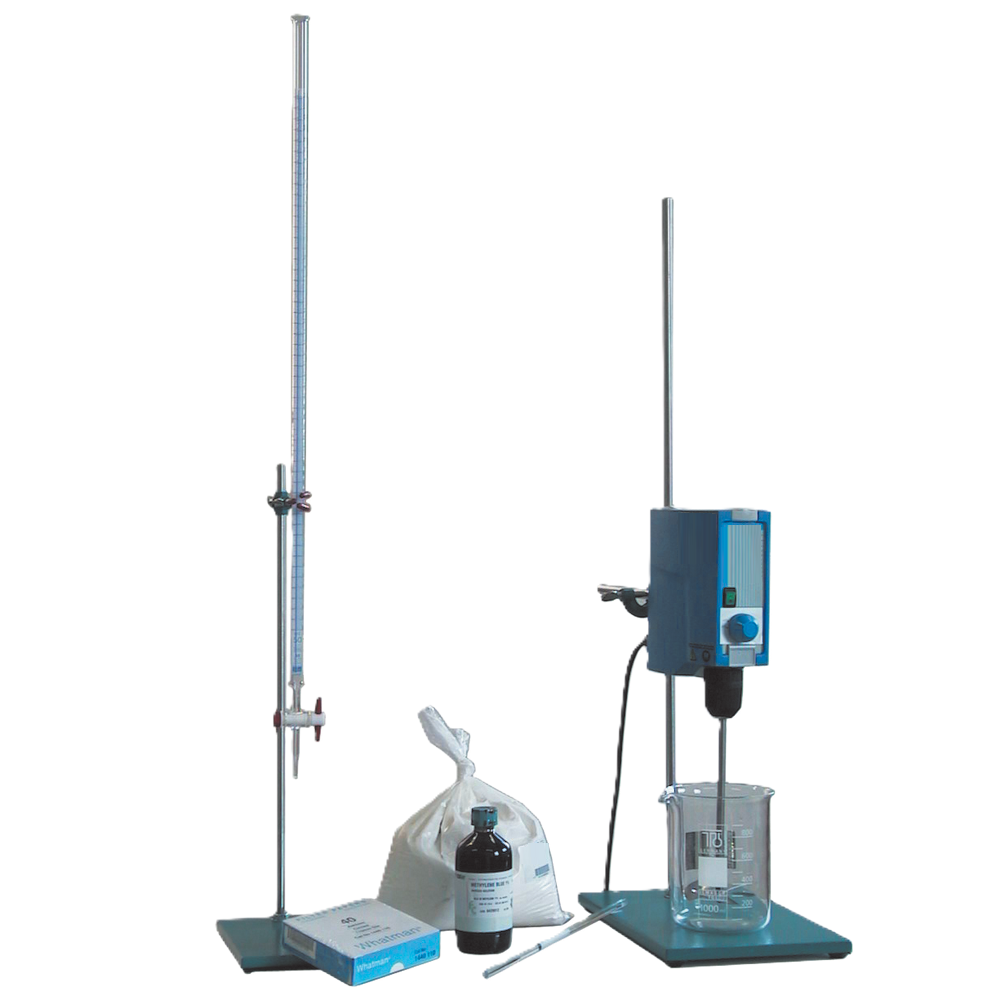

The Methylene Blue Test is a method used in the field of aggregate materials testing to assess the geometrical properties of fine aggregate particles. Fine aggregate refers to the smaller particles, typically passing through a 4.75 mm (No. 4) sieve, that are used in the production of concrete or other construction materials.
The test involves measuring the amount of clay or fine material present on the surface of the aggregate particles. The presence of excessive clay or fines can have a significant impact on the properties of concrete, such as workability, strength, and durability. The Methylene Blue Test helps in determining the clay content, which can then be used to assess the suitability of the aggregate for use in concrete.
EN 933-9; NF P94-068; UNE 83 180; UNI 8520-15
The Methylene Blue Test is a method used in the field of aggregate materials testing to assess the geometrical properties of fine aggregate particles. Fine aggregate refers to the smaller particles, typically passing through a 4.75 mm (No. 4) sieve, that are used in the production of concrete or other construction materials.
The test involves measuring the amount of clay or fine material present on the surface of the aggregate particles. The presence of excessive clay or fines can have a significant impact on the properties of concrete, such as workability, strength, and durability. The Methylene Blue Test helps in determining the clay content, which can then be used to assess the suitability of the aggregate for use in concrete.